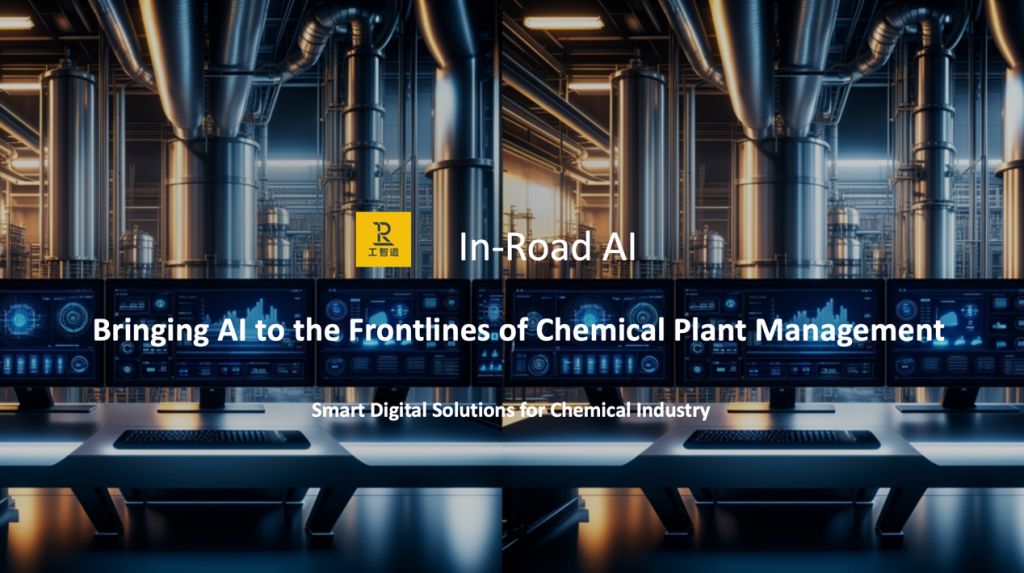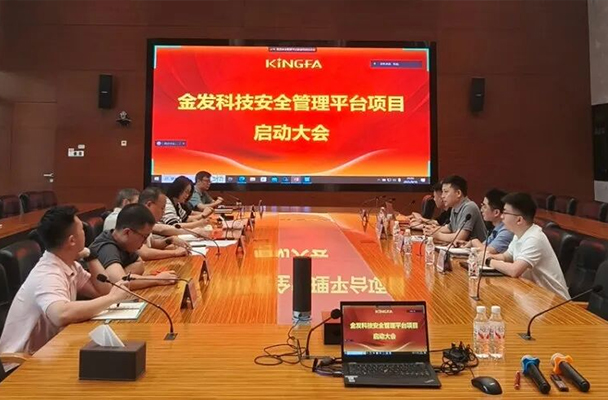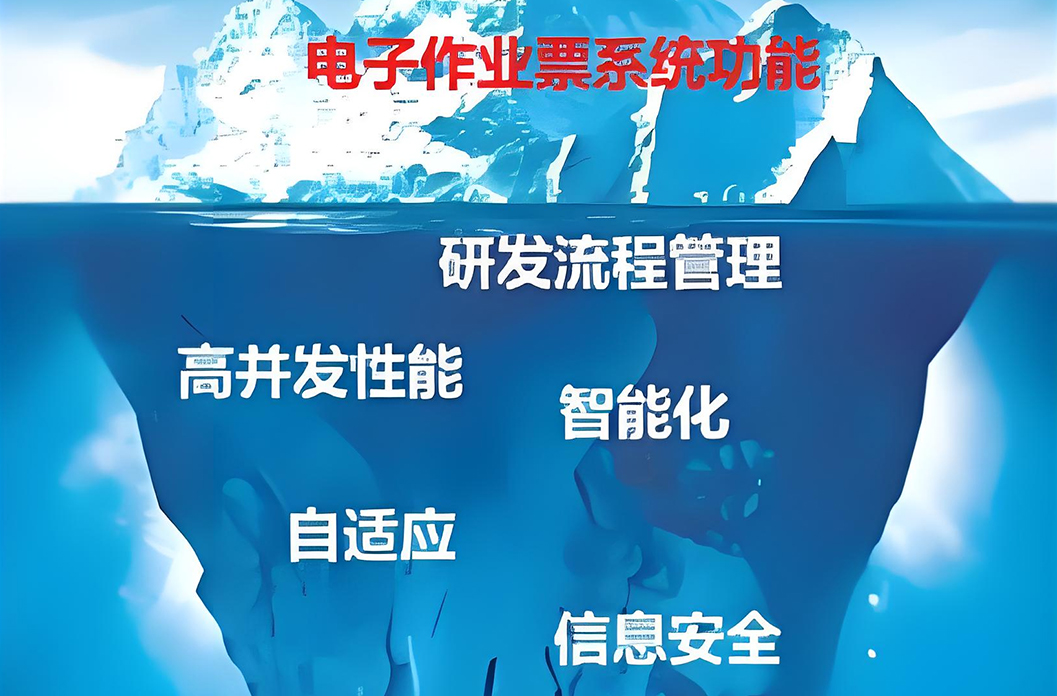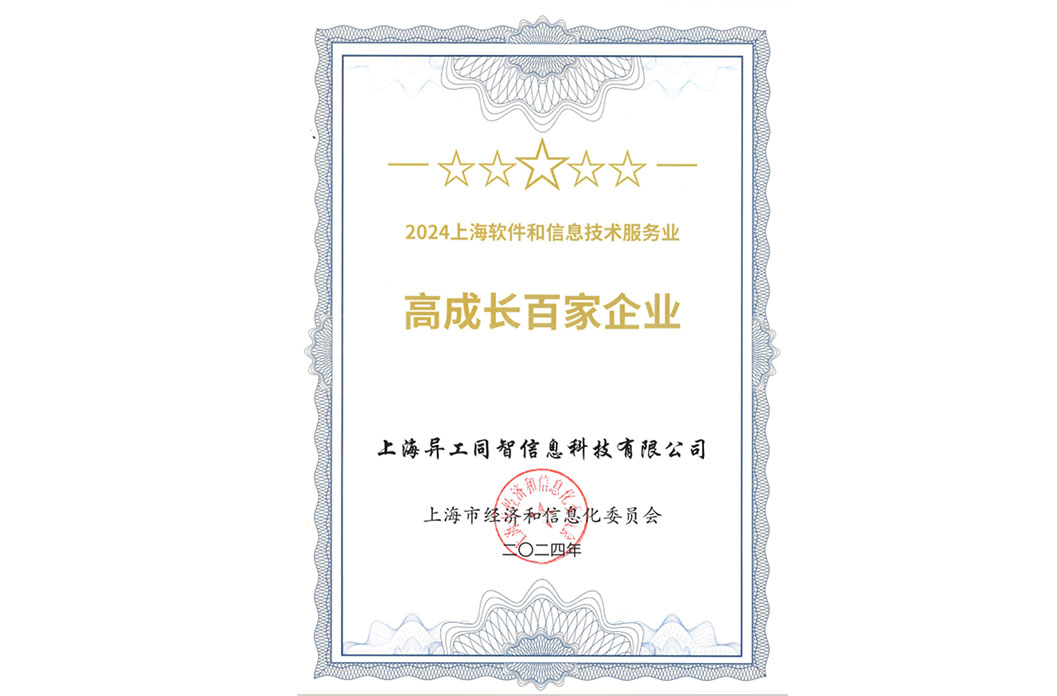
I.AI Implementation: The Dream is Poetry and Distance, The Reality is Daily Necessities
As AI capabilities widely penetrate various vertical industries, numerous low-code platforms have emerged, significantly lowering the application development barrier – even ordinary users can develop an AI application with zero code within two hours. For a moment, it seemed AI applications were truly about to “fly into the homes of ordinary people.” However, the reality echoes the industry saying: “AI applications, a demo in a week, but can’t go live in six months.” When we take a closer look at these hastily developed AI applications, we find: PPT demos are impressive, but they falter repeatedly when deployed on-site.
Take AI hazard identification as an example. Since the release of multi-modal recognition technology, this has become one of the most frequently mentioned application scenarios. Whether suppliers, enterprises, or even individual enthusiasts, anyone can build an AI hazard identification app in minutes. But when tested in real chemical plant scenarios, the results are often disappointing:
• Identifying “beginner-level” issues like leaks, messy environments, or equipment corrosion is effortless.
• However, when faced with slightly more chemically-specific typical scenarios – such as pipeline markings, level gauges/pressure gauges, safety signs, temporary wiring, valve issues, static bonding, junction boxes – generic models almost universally fail.
• The standards or regulations cited are often fabrications, “hallucinated” by the AI.
This is precisely what the industry calls the “40-to-70-point chasm.” For AI to be truly implemented, we must steadfastly solve these seemingly “low-end” yet crucial engineering problems – the “daily necessities” of real-world challenges.
II.Voting with Real Investment: AI+Chemical Model Validated
“Proof is in the pudding, not in the talk.” No matter how advanced the technology, it must ultimately withstand market validation. Recently, In-Road AI has successively secured AI project contracts with several chemical enterprises. These are not mere “technology trials”; instead, these enterprises are deeply integrating In-Road AI’s capabilities into core business modules like electronic work permits and hazard management, truly elevating AI from an “auxiliary tool” to a “business necessity.”
“When customers are willing to invest real money, even tying their core business to AI, that’s the greatest recognition of our technology,” stated the In-Road AI Technology Lead. “This not only validates the feasibility of AI in the chemical safety field but also sends a clear signal: intelligent upgrading is no longer an ‘option,’ but a ‘must-do.'”

III.Scenario Evolution: More Accurate Identification, No Regulatory “Hallucinations”
If project implementation is “market validation,” then technological iteration is the cornerstone of “sustained competitiveness.” In-Road AI recently conducted an in-depth optimization round for the fundamental yet critical scenario of “AI Hazard Identification,” with two key functional upgrades particularly noteworthy:
01 Visual Hazard ID: From ‘Can Describe the Picture’ to ‘Hits the Nail on the Head’
Many factors affect the identification accuracy rate in real scenarios for the issues:
• Poor image quality, unclear main subject.
• Insensitivity to typical hazards, difficulty focusing.
• Inability to recognize specific equipment or instruments, thus missing issues.
• Misaligned identification standards, misapplying logic from other contexts.
Addressing these, In-Road AI significantly improved identification accuracy through methods like agent mode optimization, task prompt chain decomposition, and enhanced training with typical data. The one-shot identification accuracy rate for visual hazards in the new version has increased by 40% compared to the previous version. It has progressed from the superficial skill of “describing pictures” to the precise judgment of “hitting the nail on the head.”
02 Intelligent Regulation Recommendation: From ‘Gut Feeling’ to ‘Evidence-Based’
“Previously, the inspection basis and regulatory clauses provided by some free AIs suffered from severe ‘hallucinations.’ They seemed plausible, but checking the standard’s original text revealed the clause simply didn’t exist,” feedback from a safety officer at a partner enterprise.
Targeting this pain point, the new version’s AI Inspection Basis function deeply integrates with an industry knowledge base:
• Organized over 10,000 pieces of laws and regulatory data, combing through hundreds of highly relevant regulatory standards based on common inspection content for chemical enterprises, building a shared database.
• Established a dedicated vector database for hazard identification, using database retrieval methods to output the basis, eliminating AI “fabrication.”
• Integrated with enterprise-specific management specifications and internal regulations.
Frontline feedback indicates a significant improvement in the relevance of matched regulations, with 100% consistency against the original text. Users no longer worry about being misled by AI “hallucinations,” using it with greater assurance and trust.
Here are some comparative results from tests in actual scenarios:

IV.Continuous Optimization: Always IN-ROAD
Although the results above show significant improvement compared to “amateur” AIs, for the hazard management scenario, both we and our users have higher expectations:
• Can we further improve the identification rate for special, challenging scenarios, uncovering more issues missed by humans?
• Can we integrate with robot inspections to replace humans in discovering more problems?
• Can we make the process more intelligent and smoother, e.g., adapting for team inspections where “people inspect on-site, the system identifies, and follow-up is automated”?
• …
The current optimization is just the beginning. In-Road AI will continuously build the grand cycle of Business Integration + Data Accumulation + Value Application (AI), allowing AI to truly integrate into the lifeblood of every field operation and every business process. This is what it means to be Always IN-ROAD.
Final Note: AI is Not a “Disruptor,” but the “12th Player on the Business Team”
From project implementation to technological iteration, every step In-Road AI takes answers a core question: How can AI truly “Understand Chemicals, Assist Business”? AI does not aim to replace manpower with “flashy technology.” Viewing the business team as a sports team, AI is the business team’s “12th player.” As a Safety Director from a partner company said: “In the past, we relied on manual checks, people guiding people, person-to-person supervision. Now, AI helps us see, helps us think, helps us identify shortcomings, giving us a ‘Human + AI’ dual assurance.” In the future, In-Road AI will continue to delve deeper into more scenarios within the chemical industry. We believe: When AI truly “takes root” in chemical scenarios, the safety boundaries of the industry will be continuously expanded.










